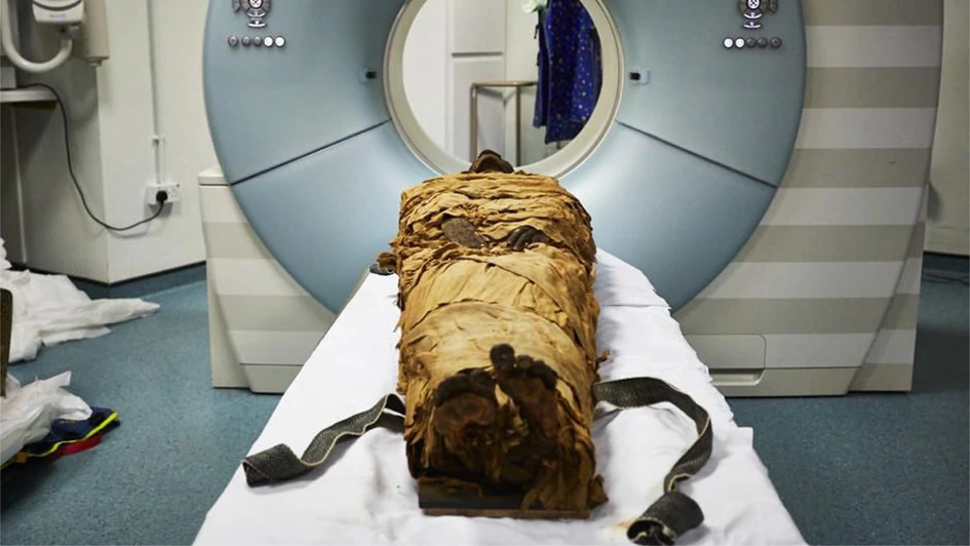3D printing gives a voice to a dead priest from ancient Egypt
3,000-year-old mummified priest speaks from the grave – sort of

Scientists have reproduced the voice of a 3,000-year-old mummified priest with the help of a 3D printer which recreated the individual’s vocal tract, and while the result is only a short burst of sound, hopefully with further work, his full voice could be reproduced.
Nesyamun was an Egyptian priest and scribe who lived at the time of pharaoh Ramses XI (around 1099–1069 BC) and worked at the temple of Karnak in Thebes.
- This is the world’s largest 3D-printed house
- 3D printing could benefit hugely from recycled plastics
- These are the best 3D printers of 2020
His mummified body was well enough preserved, with the relevant soft tissue having been kept reasonably intact so as to allow for the production of a 3D-printed vocal tract, following a CT scan, as researchers explain in an article in Scientific Reports.
Those scientists include academics at Royal Holloway, University of London, the University of York and Leeds Museum, and this particular exercise is part of the ‘Voices from the Past’ project.
The resulting 3D-printed tract was used with a ‘Vocal Tract Organ’, which provides a user-controllable artificial larynx source, and in this manner, the researchers were able to synthesize a single vowel sound.
Dreaming of electric sheep
No, it isn’t much at the moment – and it sounds a little like the bleat of an electronic sheep. But the idea is that down the line, the scientists will develop a computer model capable of reproducing full sentences as they would have been spoken by someone like Nesyamun (who, by all accounts, is likely to have had something of a booming voice, having to hold rituals which involved speaking, chanting and singing).
The researchers observed: “This acoustic output is for the single sound for the extant vocal tract shape; it does not provide a basis for synthesising running speech. To do so would require knowledge of the relevant vocal tract articulations, phonetics and timing patterns of his language.
Are you a pro? Subscribe to our newsletter
Sign up to the TechRadar Pro newsletter to get all the top news, opinion, features and guidance your business needs to succeed!
“The synthesised vowel sound based on the precise dimensions of his unique vocal tract is here compared to modern vowels as proof of method and to demonstrate future research potential.”
One day, then, we might hear a fuller recreation of an ancient voice like Nesyamun’s, giving us some idea of how folks might have sounded back then, and hopefully providing a fascinating glimpse into ancient history unlike anything we’ve witnessed before.
There have been previous attempts at recreating the voices of such ancient individuals, which use software techniques to animate a facial reconstruction image, generating an approximation of the voice in that manner – although hopefully this new method could potentially provide more accurate results.
And of course this is yet another way in which 3D printing could be useful, and it’s clear we are seeing innovative new uses for this technology coming through on a pretty constant basis these days.
Via BBC, CBS
Darren is a freelancer writing news and features for TechRadar (and occasionally T3) across a broad range of computing topics including CPUs, GPUs, various other hardware, VPNs, antivirus and more. He has written about tech for the best part of three decades, and writes books in his spare time (his debut novel - 'I Know What You Did Last Supper' - was published by Hachette UK in 2013).